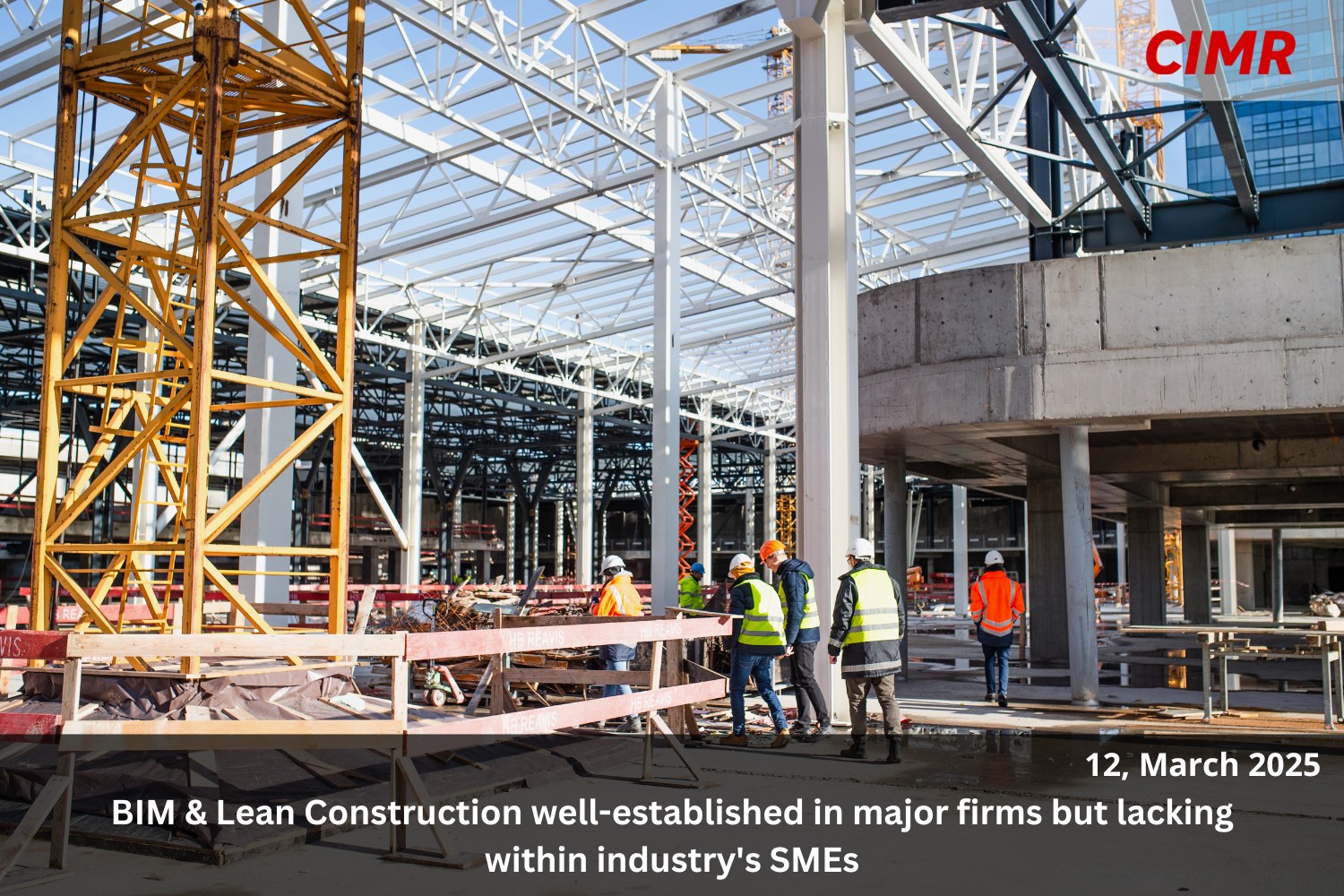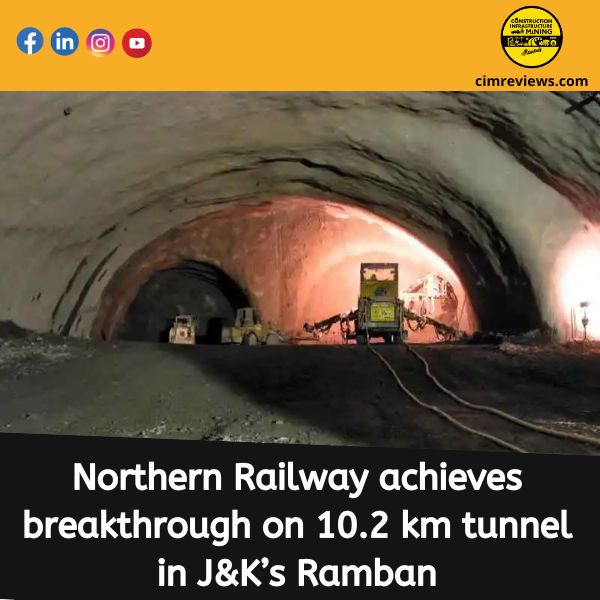The adoption of Building Information Modelling (BIM) and Lean Construction practices in the construction industry could transform it, but smaller firms are at risk of missing out on these cutting-edge techniques. A study by the University of Huddersfield.
Galway-Mayo Institute of Technology in Ireland found that there is a lack of material dealing with SMEs in the adoption of these concepts. The research, published in the Canadian Journal of Civil Engineering, highlights the need for a greater focus on smaller operators, as they make up the majority of the industry.
BIM and Lean Construction are concepts that can improve efficiency and productivity, but their widespread adoption at SMEs is problematic. The research highlights the need for a greater focus on SMEs to fully realize the potential of these concepts in the construction industry.
BIM & Lean Construction Well-Established in Major Firms but Lacking Within Industry’s SMEs
The construction industry has witnessed a significant transformation with the adoption of Building Information Modeling (BIM) and Lean Construction methodologies. While major firms have embraced enhance efficiency, reduce costs, and improve project outcomes, small and medium-sized enterprises (SMEs) still lag in their adoption.
Lean Construction: This methodology focuses on eliminating waste, optimizing workflow, and enhancing value for clients. Lean principles, such as Just-In-Time (JIT) delivery, continuous improvement, and integrated project delivery, help construction firms achieve faster project completion, cost savings, and improved quality.
Why Major Firms Lead in Adoption
- Financial Capability: Large firms have the resources to invest in cutting-edge software, training programs, and skilled personnel required for BIM and Lean Construction.
- Regulatory and Client Requirements: Government mandates and private sector clients often demand BIM usage in large-scale projects.
- Dedicated R&D Departments: Large construction companies invest in research and development to integrate new technologies and refine processes continuously.
Challenges for SMEs in Adopting BIM & Lean Construction
Despite the clear advantages, SMEs face several barriers that hinder widespread adoption:
- High Initial Costs: BIM software, training, and implementation require significant financial investment, which can be a challenge for SMEs operating on tighter budgets.
- Limited Technical Expertise: Smaller firms often lack the skilled workforce required to efficiently implement and operate BIM and Lean methodologies.
- Resistance to Change: Traditional practices are deeply embedded within SMEs, leading to reluctance in adopting new methodologies that require a shift in workflow and mindset.
- Lack of Client Demand: Unlike large projects where BIM is often a contractual requirement, smaller projects may not necessitate its use, reducing the incentive for SMEs to adopt it.
- Interoperability Issues: SMEs working with subcontractors and partners who do not use BIM may struggle with integration and collaboration.
Bridging the Gap: Steps for SME Adoption
- Government and Industry Support: Policies such as subsidies, tax incentives, and mandatory BIM usage for all projects can encourage SMEs to invest in these technologies.
- Affordable Software Solutions: The emergence of cloud-based and subscription-based BIM tools can make adoption more financially viable for smaller firms.
- Training and Education: Industry bodies should collaborate with universities and training institutes to provide accessible and affordable BIM and Lean Construction training programs.
- Collaboration with Large Firms: SMEs can engage in partnerships with major firms to gain exposure to best practices and gradually implement BIM and Lean methodologies in smaller projects.
- Instead of a full-scale shift, SMEs can adopt BIM and Lean practices in phases, starting with smaller applications like digital project planning and documentation. The construction industry’s future lies in digitalization. Construction, support, cost-effective solutions, and industry-wide collaboration, the adoption gap can be bridged, leading to a more productive and sustainable construction sector.
Group Media Publication
Construction, Infrastructure and Mining
General News Platforms – IHTLive.com
Entertainment News Platforms – https://anyflix.in/









%20/23%20cimr%204.jpg)
